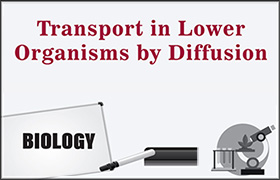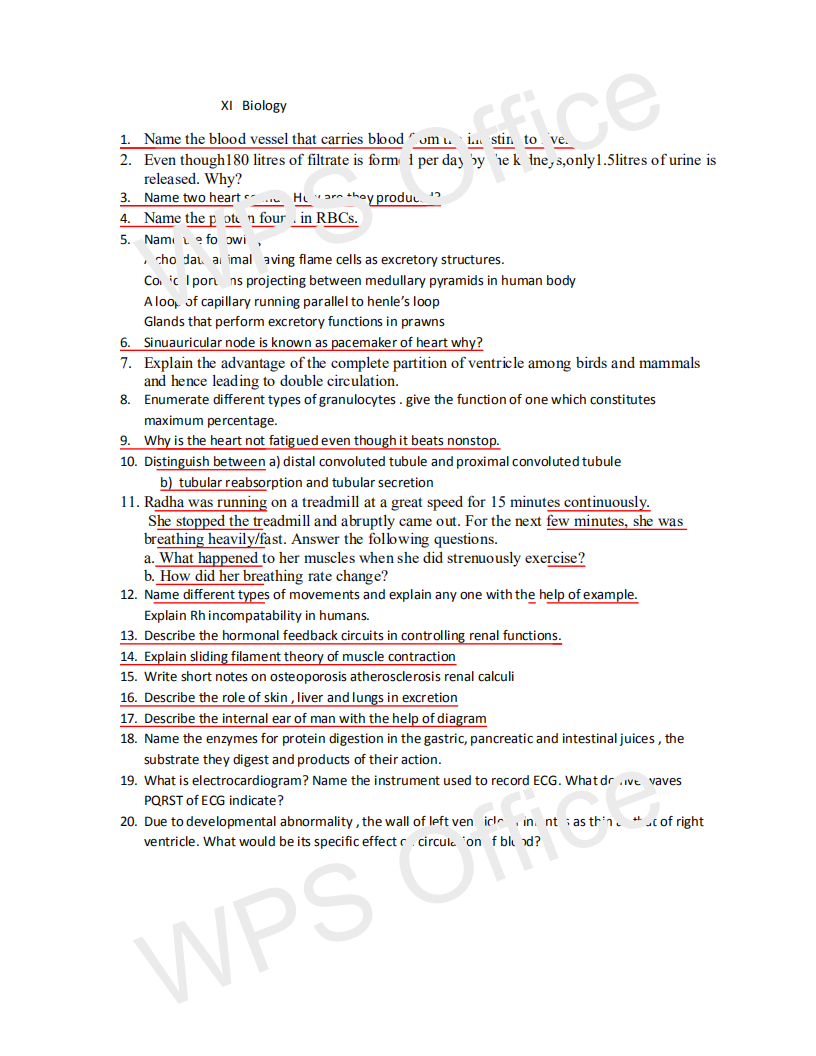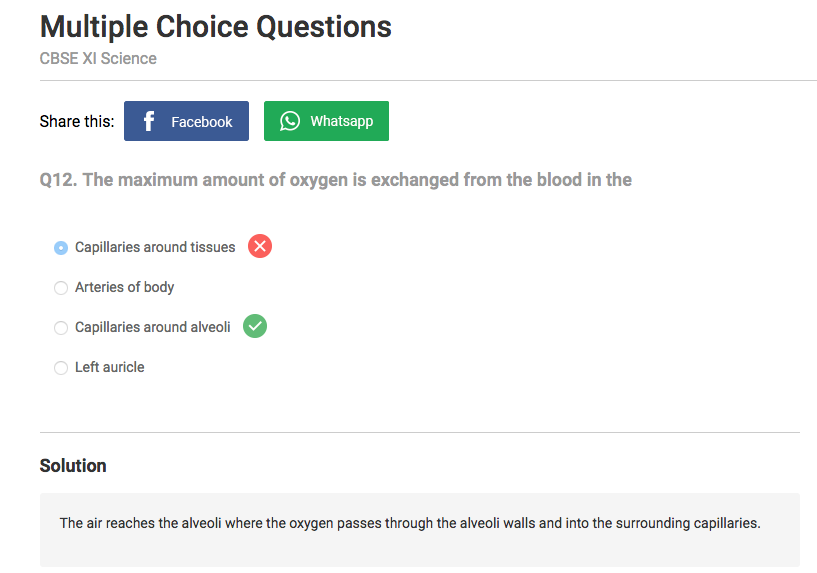CBSE Class 11-science Answered
A: The resting heart rate about 75 per minutes usually is lower than the autorhythmic rate of SA node (90 to 100 beats per minute)
R: at resting condition the parasympathetic effects dominates
Asked by arushidabhade | 25 Aug, 2019, 14:54: PM
A resting heart rate of 50 to 100 beats per minute (bpm) is considered to lie within the normal range.
The SA node, without nervous or endocrine control, would initiate a heart impulse approximately 80–100 times per minute.
Heart is richly innervated by nervous system, both sympathetic and parasympathetic nervous system. Parasympathetic nervous system is in control for regular peaceful times when the heart is at rest. Sympathetic nervous system takes control in fight or flight situation.
Therefore, in normal resting state, heart rate is slower because of parasympathetic control.
Therefore, both assertion (A) and reason (R) are true.
Answered by Sheetal Kolte | 26 Aug, 2019, 12:03: PM
Concept Videos
CBSE 11-science - Biology
Asked by kumarhemkunt | 18 Mar, 2021, 11:29: AM
CBSE 11-science - Biology
Asked by itsmepreeti97 | 14 Jun, 2020, 17:40: PM
CBSE 11-science - Biology
Asked by yashaschinnu6 | 09 Jan, 2020, 19:57: PM
CBSE 11-science - Biology
Asked by arushidabhade | 25 Aug, 2019, 14:57: PM
CBSE 11-science - Biology
Asked by arushidabhade | 25 Aug, 2019, 14:54: PM
CBSE 11-science - Biology
Asked by pb_ckt | 28 Apr, 2019, 13:39: PM
CBSE 11-science - Biology
Asked by myschooladviser1 | 12 Feb, 2019, 16:03: PM
CBSE 11-science - Biology
Asked by kaintkaku | 02 May, 2018, 08:39: AM
CBSE 11-science - Biology
Asked by Topperlearning User | 18 Jul, 2014, 14:13: PM
CBSE 11-science - Biology
Asked by Topperlearning User | 18 Jul, 2014, 14:13: PM







